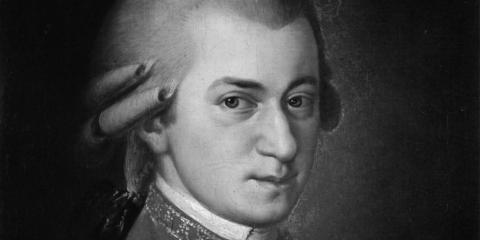MCO’s “Sibelius Violin Concerto” can be heard on Wednesday 14 April 7:00pm AEST on Melbourne Digital Concert Hall via live stream.
Wolfgang Amadeus Mozart
Adagio in E major K261
Wolfgang Amadeus Mozart (1756–1791) composed the Adagio in E major K261 in 1776. It was possibly written for the violinist Antonio Brunetti as an alternative slow movement for the Violin Concerto No 5 in A major (1775). Most of Mozart’s works for violin and orchestra were composed in Salzburg in the 1770s. While outwardly simple, the movement conveys a sense of invention and charm.
Jean Sibelius
I. Allegro moderato
II. Adagio di molto
III. Allegro, ma non tanto
Jean Sibelius (1865–1957) was one of the great figures in Finnish music at the end of the nineteenth and early twentieth centuries. He is remembered predominately for his orchestral music including seven symphonies, the violin concerto, tone poems and incidental music.
Fabian Dahlström and James Hepokoski in Grove Music Online state: “His music evokes a range of characteristic moods and topics, from celebratory nationalism and political struggle to cold despair and separatist isolation; from brooding contemplations of ‘neo-primitive’ musical ideas or slowly transforming sound textures to meditations on the mysteries, grandeurs and occasionally lurking terrors of archetypal folk myths or natural landscapes.”
Sibelius composed the Violin Concerto in 1903 and early 1904. It was first performed in February 1904 with Victor Nováček as soloist, and the composer conducting the Helsinki Philharmonic. Following this performance he revised the work and this version was premiered in Berlin in October 1905 with Karl Halir as soloist and conducted by Richard Strauss.
The three movements provide great contrast and a vehicle for the virtuoso violinist. The expansive Allegro moderato opens with the soloist above the murmuring accompaniment. The movement is in three parts with the central section replaced with a cadenza for the solo violin. The Adagio di molto is a deeply romantic and lyrical movement marked with a sense of stillness. The Allegro, ma non tanto was described by the composer as a danse macabre and incorporates great virtuosic display and continuous interplay between the soloist and the orchestra.
© David Forrest 2021

